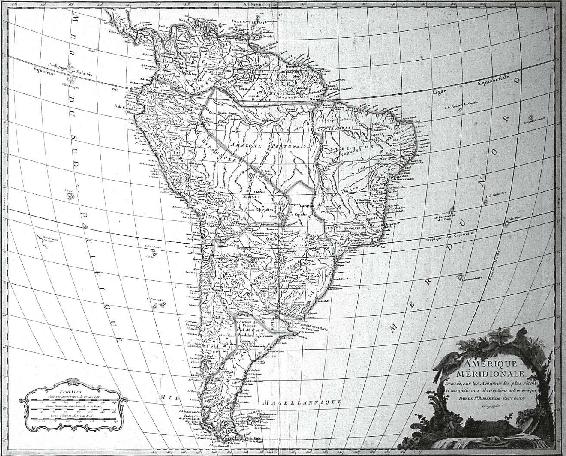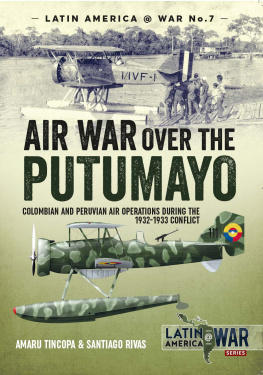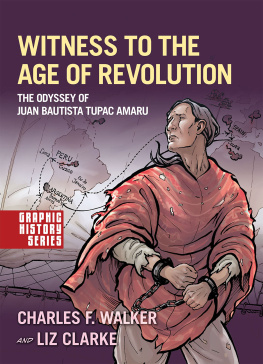Air War Over the Putumayo
Amaru Tincopa
Helion & Company Limited
Unit 8 Amherst Business Centre
Budbrooke Road
Warwick
CV34 5WE
Tel 01926 499 619
Fax 0121 711 4075
email:
website: https://www.helion.co.uk/
Twitter:
Visit our blog blog.helion.co.uk/blog.helion.co.uk/
Published by Helion & Company 2018
Designed and typeset by Farr out
Publications, Wokingham, Berkshire
Cover designed by Paul Hewitt, Battlefield
Design (www.battlefield-design.co.uk)
by Henry Ling Limited, Dorchester,
Dorset
Text Amaru Tincopa and Santiago Rivas
2018
Illustrations as individually credited
Colour profiles drawn by and Luca
Canossa 2018
Maps drawn by George Anderson Helion
& Company Limited 2018
ISBN 978-1-912390-23-6
eISBN 978-1-913118-30-3
Mobi ISBN 978-1-913118-30-3
British Library Cataloguing-in-Publication
Data
A catalogue record for this book is available
from the British Library
All rights reserved. No part of this publication may be reproduced, stored, manipulated in any retrieval system, or transmitted in any mechanical, electronic form or by any other means, without the prior written authority of the publishers, except for short extracts in media reviews. Any person who engages in any unauthorised activity in relation to this publication shall be liable to criminal prosecution and claims for civil and criminal damages.
For details of other military history titles
published by Helion & Company Limited
contact the above address, or visit our
website: http://www.helion.co.uk
We always welcome receiving book
proposals from prospective authors working
in military history.
CONTENTS
INTRODUCTION
D uring 1932, the occupation of the Colombian towns of Leticia and Tarapac, in the Amazon region, by Peruvian troops and civilians, led to a conflict that almost ended in a total war between the two countries. Aviation played an important role on both sides, due to the complicated jungle environment which made any land movement almost impossible. After some ground and air combats, a ceasefire was agreed, and the conflict was resolved. But the war over the Putumayo area became the baptism of fire of the Peruvian and Colombian air arms, leading, in the second case, to the development of their military aviation, which was almost non-existent in 1932. For Peru, the result of the conflict was also a rearming process, which proved important when, in 1941, they entered into war with Ecuador.
PART 1
FROM VICEROYALTIES TO REPUBLICS WITH UNCLEAR BORDERS
Chapter 1
PERU, THE ORIGINS OF A NEW REPUBLIC
T he fall of the Inca Empire, occurring shortly after the arrival of the Spanish conquistadors, unleashed a conflict between the victorious forces, generated by the greed and private interests of these adventurers. On 20 November 1542 in Barcelona, in order to conclude these disputes and bring order to the newly conquered lands, King Carlos I of Spain signed, by means of Royal Decree, the so-called New Laws. These were a legislative assembly for the new territories also known as the Indies among them the creation of the Viceroyalty of Peru to replace the former governorships of Nueva Castilla and Nueva Leon. This process also arranged the transfer of the headquarters of the Real Audiencia de Panama to Lima, the so-called City of Kings, capital of the new viceroyalty.
The new viceroyalty was an immense territory, which for more than two hundred years dominated much of South America, although Venezuela and Brazil, the latter belonging to Portugal and located on the shores of the Atlantic Ocean, remained outside its domain.
Map of South America in 1750.
However, during the course of the eighteenth century the area of the viceroyalty suffered three major losses with the creation from part of its territory of two new viceroyalties of the Spanish crown: the Viceroyalty of New Granada and later the Viceroyalty of the Rio de la Plata, while, almost at the same time, the borders of Portugal were extended to the Amazon. Nevertheless, in spite of these losses, towards the beginning of the nineteenth century the Virreinato del Peru remained the main possession of the Spanish Crown, being one of its main sources of wealth.
It was with the process of Spanish-American independence that the end of the viceroyalty began, although it functioned as an important bastion and strategic centre of the Spanish crown in South America. As a result, war broke out with the Rio de la Plata, which had chosen the road to independence in 1810, sending liberating expeditions to the former territories of the viceroyalty. Thus, after achieving the independence of Chile, the general of the Rio de la Plata Jos de San Martn focused his attention on Peru. After landing successfully in the south of Lima and putting the royalist forces in retreat, San Martin declared the Republic of Peru, after which he retired from his military career. The work of ending the remnants of the royalist forces in Peru fell to General Simn Bolvar, a native of the Gran Colombia, who, with the support of the Peruvian guerrillas and all the logistics resources of the Andes Mountains, undertook a campaign with the purpose of definitively defeating the royalist forces. It was his decisive victory in the Battle of Ayacucho that left the forces of the old viceroyalty divided, debilitated and without possibility of being aided from the metropolis, causing its eventual disappearance in 1824, substituting in its place instead the Republic of Peru, which, although very diminished territorially, retained much of the old territory of the extinct viceroyalty.
Chapter 2
FROM NUEVA GRANADA TO COLOMBIA
M eanwhile, the Viceroyalty of Nueva Granada had its origins in 1508, when the so-called Tierra Firme was divided between Diego de Nicuesa, who obtained the governorship of Veragua or Castilla de Oro, which ran from the Atrato River, in the Gulf of Urab, to Cape Gracias a Dios (current territories of Nicaragua, Costa Rica and Panam), while Alonso de Ojeda obtained that of Nueva Andalusia, from the Atrato River to the end of Cabo de la Vela (almost the entire Caribbean coast of current Colombia). Shortly after, from 1 March 1511, Vasco Nez de Balboa happened to take charge of Veragua, being named as lieutenant of the viceroy Diego Coln, in Darien. Shortly thereafter, on 23 December 1511, the king appointed him as captain and interim governor of the Darien until July 1514, this being a territory occupying the south of Panama and the northwest of Colombia. On 25 September 1513, he took possession of the South Sea he had discovered (the Pacific Ocean).
In May 1513 Pedrarias Dvila was appointed governor and captain general of Castilla de Oro, territory that included all the coast from the Cabo de la Vela to the territories that form the present Panama, with the exception of Veragua. After arriving in Darin in July 1514, Pedrarias Dvila founded the city of Nuestra Seora de la Asuncin de Panam on 15 August 1519. With the suppression of Nueva Andaluca, Balboa received, on 23 September 1514, the appointment of Gobernador de Coiba y Panam y Adelantado de la Mar del Sur , subordinate to Castilla de Oro.
In 1525, Fernandez de Oviedo attempted to establish a government in the area of Cartagena, called the Governorate of Cartagena, but did not prosper until the foundation of the city in 1533. On 26 February 1538, the Real Audiencia de Panam was established in the Isthmus of Panam by Royal Issue issued by King Carlos V. By 1542 there were the governorates of Santa Marta (founded in 1525), Cartagena and Popayn, the latter founded in 1536. In 1550, the Real Audiencia Santaf de Bogot was created within the Viceroyalty of Peru, with jurisdiction over the Nuevo Reino de Granada and the governorates of Santa Marta, Cartagena and Popayn. In 1567, captain Andrs Gmez Hernndez was appointed governor of the Governorate of Choc, Dabaibe and Valle del Baeza, but never arrived at his destination as he died in Cartagena.











